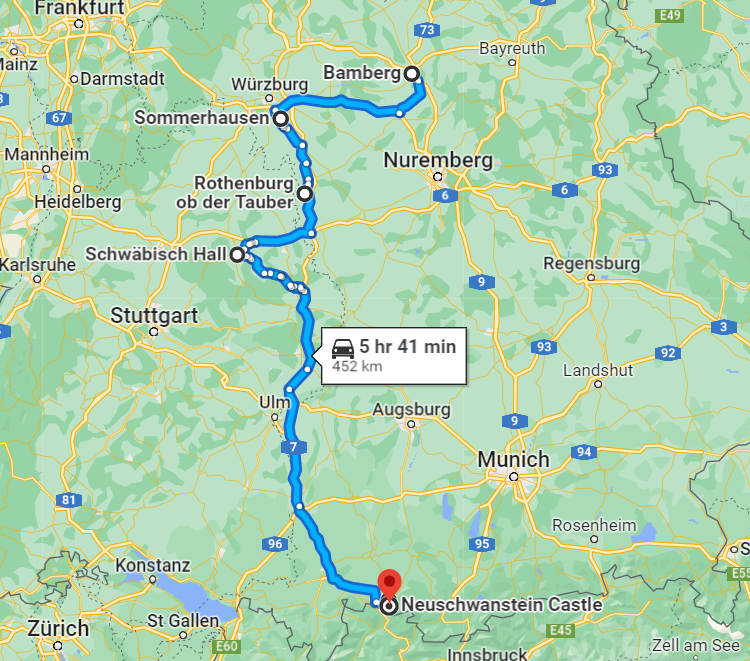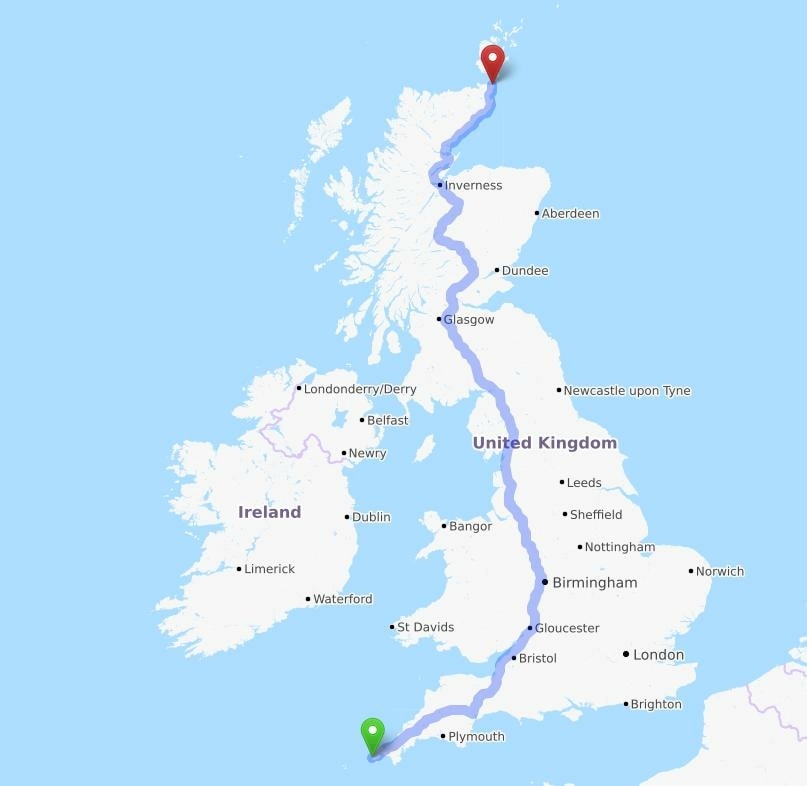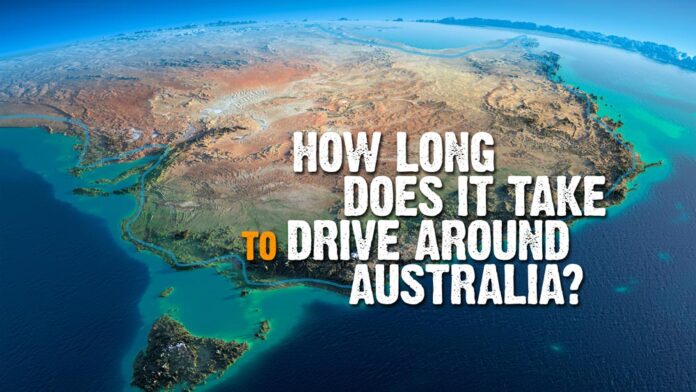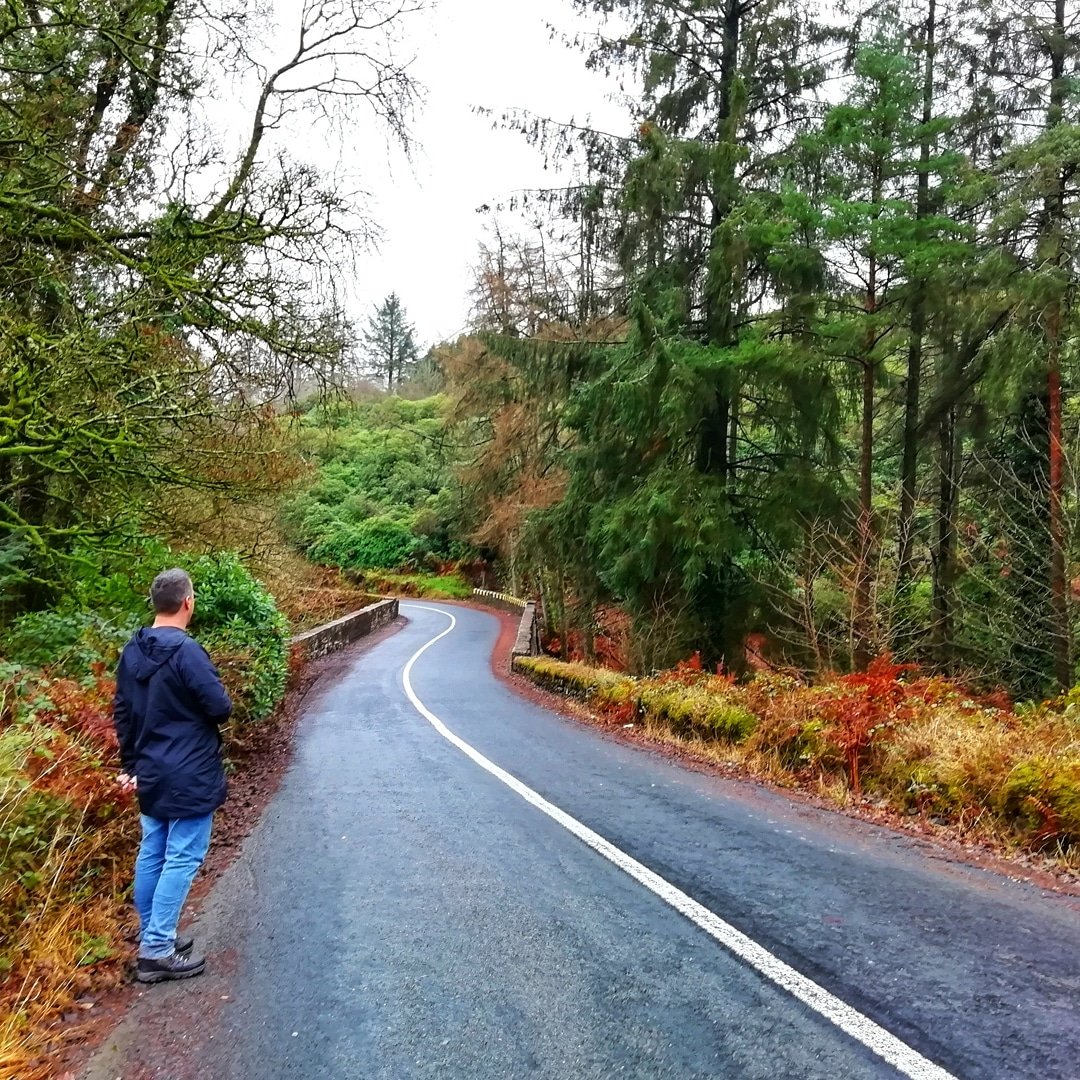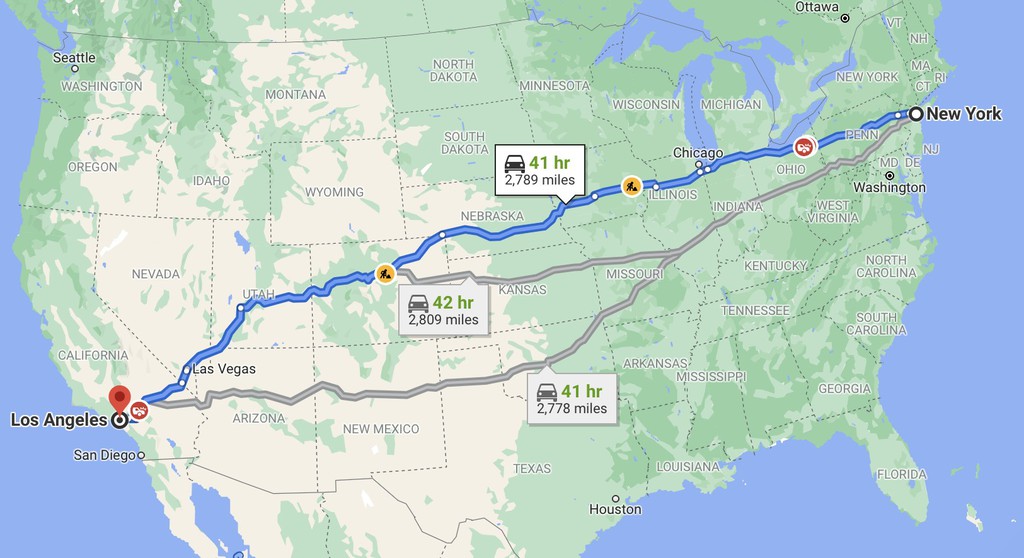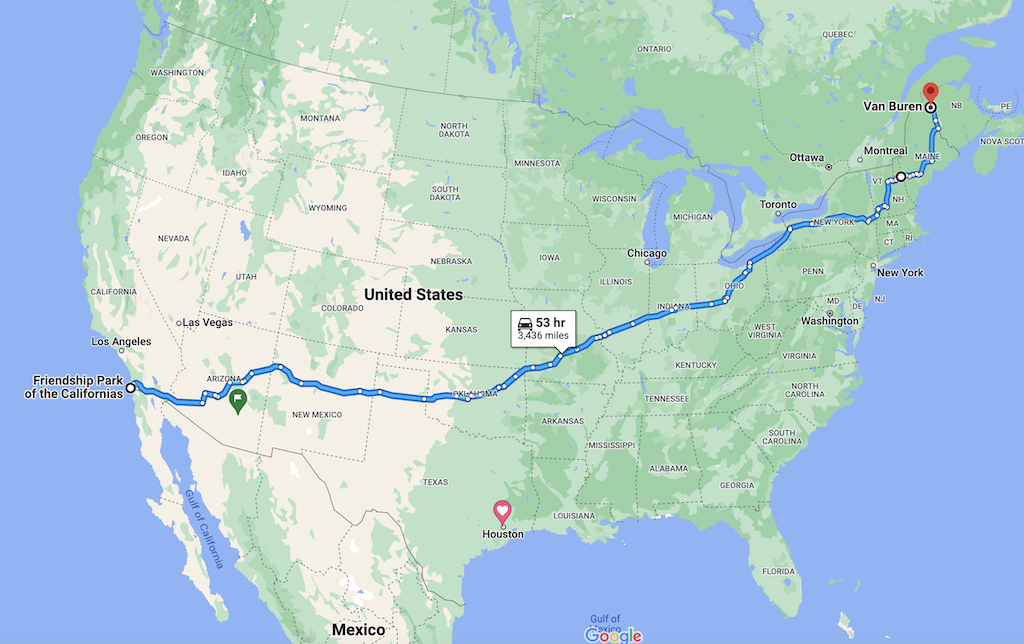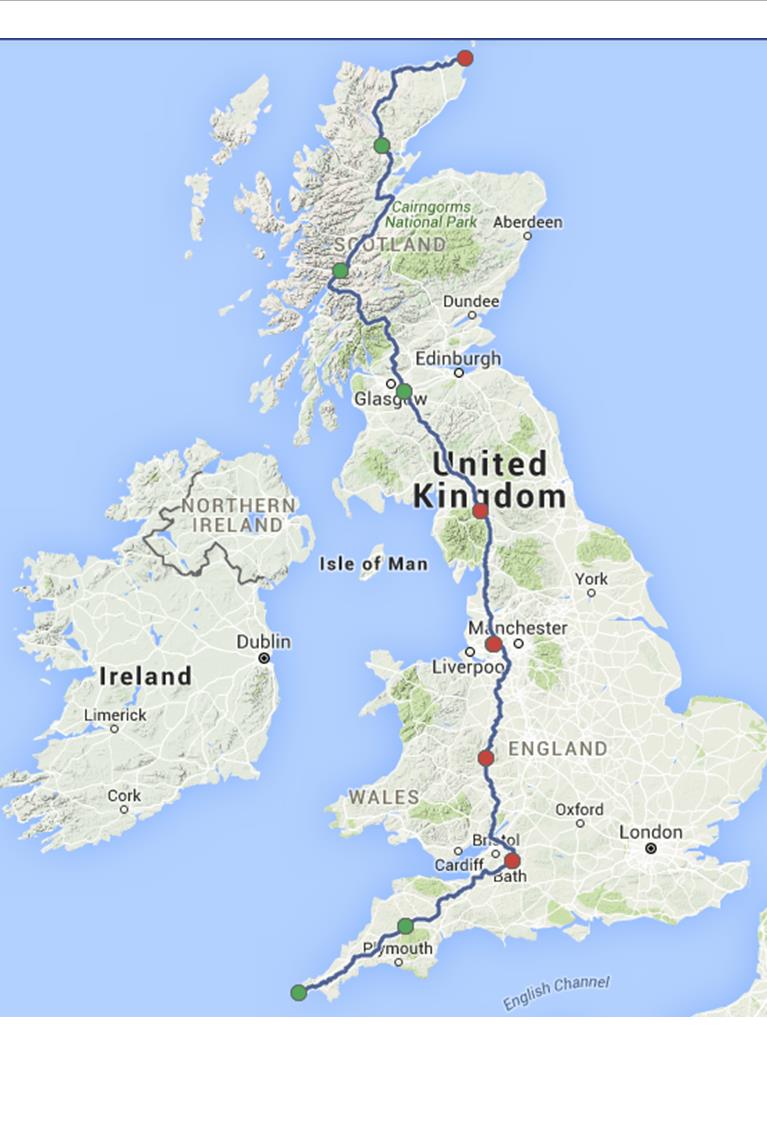How Long Does It Take To Drive Across Germany

The allure of Germany, a nation brimming with history, culture, and stunning landscapes, often draws travelers to embark on epic road trips. But beneath the romanticized vision of cruising along the autobahn lies a practical question: how long does it realistically take to drive across Germany?
Planning a cross-country drive requires careful consideration of distances, traffic conditions, speed limits, and desired stops. This article delves into the factors influencing travel time, providing a comprehensive guide for anyone considering a journey across Germany. We will explore real-world driving scenarios, legal considerations, and tips for optimizing your road trip experience.
Understanding the Distance and Key Routes
Germany stretches approximately 876 kilometers (544 miles) from its northernmost point near Sylt to its southernmost point near Oberstdorf. Driving east to west, from Görlitz on the Polish border to Aachen near Belgium, covers a distance of around 640 kilometers (398 miles).
The most popular route for a north-south journey is along the Autobahn 7 (A7), a major highway running from Flensburg near the Danish border to Füssen in Bavaria, close to the Austrian border. For an east-west crossing, drivers often utilize the A4, A5, or A6, depending on their specific starting and ending points.
The Autobahn Advantage and its Limitations
Germany's famed autobahn network is renowned for its lack of mandatory speed limits on certain stretches. This allows for swift travel, in theory, significantly reducing travel time compared to countries with lower speed limits.
However, these unrestricted sections are interspersed with areas subject to speed limits due to construction, traffic density, or environmental concerns. Furthermore, heavy traffic congestion, especially during peak hours and holidays, can drastically slow down progress.
According to the Federal Highway Research Institute (BASt), average speeds on the autobahn often fluctuate between 110 km/h (68 mph) and 130 km/h (81 mph) depending on the aforementioned factors.
Estimating Drive Time: A Realistic Approach
Based on typical driving conditions, a direct north-south drive along the A7 could take anywhere from 8 to 10 hours. An east-west journey could range from 6 to 8 hours, assuming minimal stops and moderate traffic.
These estimates are purely based on driving time and do not account for breaks, meals, or sightseeing. Factoring in these elements is crucial for a realistic itinerary.
ADAC, the German automobile club, recommends planning for at least one break every two hours to prevent fatigue and maintain concentration.
Factors Influencing Travel Time
Traffic is the single biggest variable affecting travel time. Major cities like Berlin, Hamburg, Munich, and Cologne often experience significant congestion, particularly during rush hour.
Construction zones (Baustellen) are a common sight on German autobahns. These can cause considerable delays, especially during peak travel seasons.
Weather conditions, such as heavy rain, snow, or fog, can also impact driving speeds and safety, leading to slower travel times.
Legal Considerations and Regulations
While some sections of the autobahn have no speed limits, it's essential to adhere to posted speed limits in restricted areas. Speeding fines in Germany can be substantial.
Drivers must also be aware of mandatory equipment requirements, such as warning triangles and high-visibility vests. Furthermore, winter tires are required during certain months or when winter conditions prevail.
Understanding and adhering to German traffic laws is crucial for a safe and trouble-free journey. Resources from the German Federal Ministry of Transport and Digital Infrastructure (BMVI) provide comprehensive information.
Alternative Routes and Scenic Byways
While the autobahn offers the fastest route, exploring alternative roads can provide a more enriching travel experience. Scenic byways like the Romantische Straße (Romantic Road) or the Deutsche Alpenstraße (German Alpine Road) offer breathtaking views and charming towns.
However, these routes typically involve lower speed limits and longer travel times compared to the autobahn. They are best suited for leisurely road trips focused on sightseeing and exploration.
Planning Tools and Resources
Several online tools and resources can assist in planning your cross-Germany road trip. Google Maps, ADAC's route planner, and other navigation apps provide real-time traffic information and estimated travel times.
Websites like Verkehrslage.de offer up-to-date information on traffic conditions, construction zones, and road closures.
The Future of Cross-Country Travel in Germany
Germany is actively investing in its transportation infrastructure, including expanding the autobahn network and implementing intelligent traffic management systems. These developments aim to alleviate congestion and improve travel times in the future.
Furthermore, the increasing adoption of electric vehicles and the development of charging infrastructure are expected to influence long-distance travel patterns.
Ultimately, the time it takes to drive across Germany is a dynamic figure, influenced by a complex interplay of factors. By understanding these factors and planning accordingly, travelers can maximize their experience and enjoy the journey.
